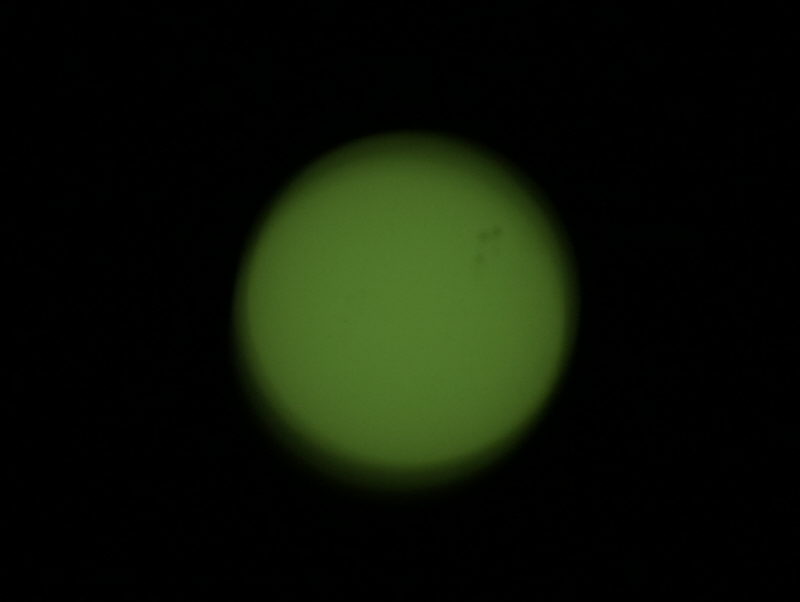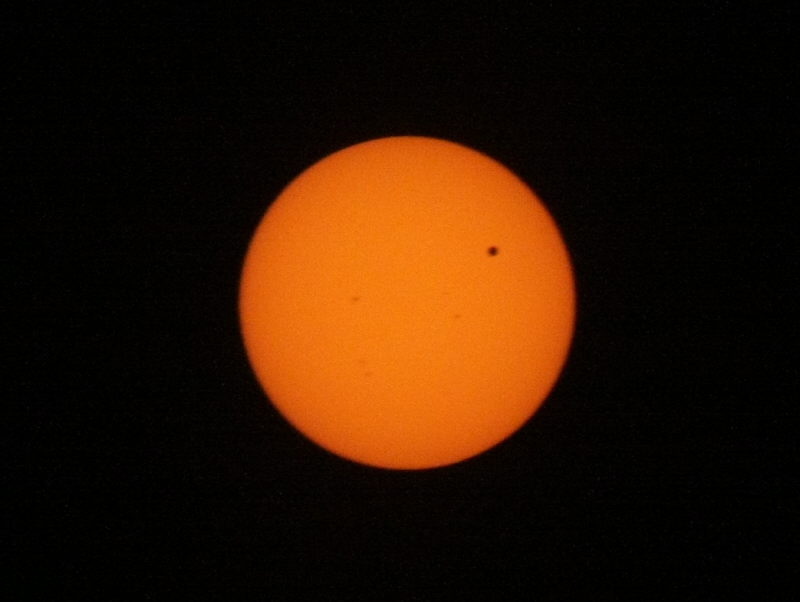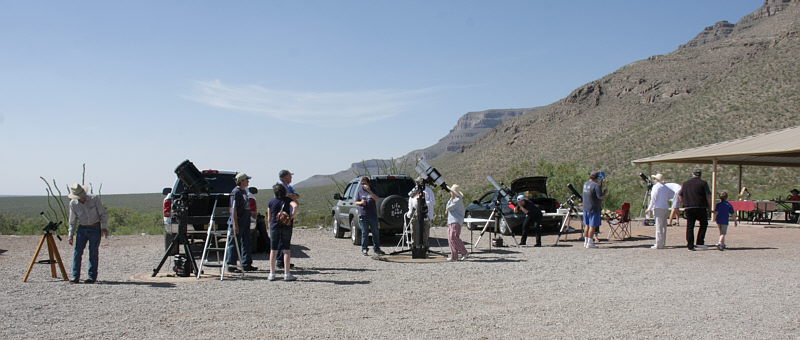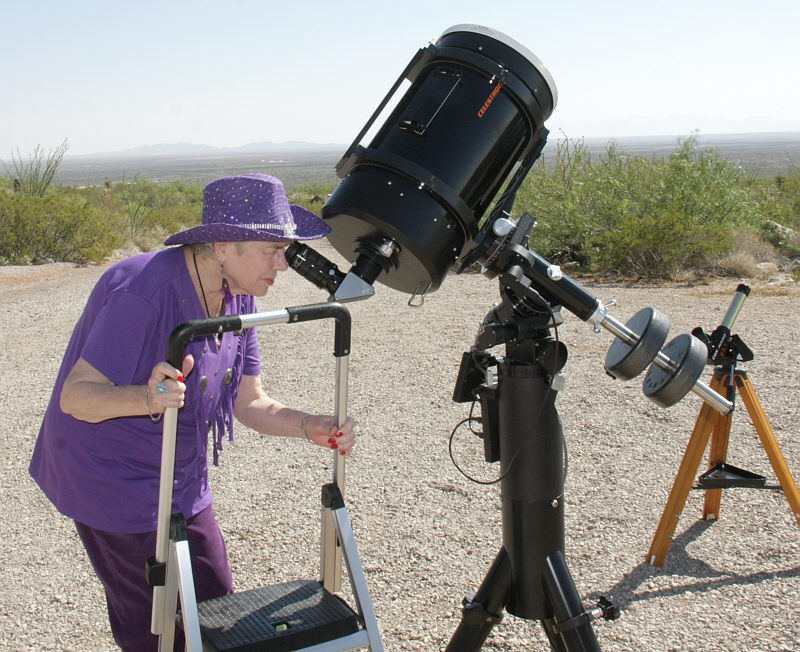Doug Kerr
Well-known member
No, it's not the latest romance novel by Barbara Cartland. The transit of Venus refers to the fact that the planet Venus will pass in front of the sun's disk "today".
This will be visible in much of North America late in the afternoon or near sunset on Tuesday, 2012.06.05.
Carla and I plan to attend a watching party held by a local astronomy club at a nearby state park. I didn't make good preparations for photography in advance, but I plan to pick up a piece of shade 12 welder's glass shortly, which I will use as an ND filter.
The nominal density of shade 12 welder's glass is 4.71, which corresponds to 15.6 stops. Shade 14 (18.5 stops) is usually recommended for direct viewing, but that is a special order item at the local welding supply shop, and the supply they ordered for the annular eclipse a couple of weeks ago was depleted then.
For those who are interested, the (optical) density, D, of welder's glass of shade number S is given by:
D = 3/7 (S-1)
The equivalent attenuation in stops (A) is given by:
A = 1.42 (S-1)
Best regards,
Doug
This will be visible in much of North America late in the afternoon or near sunset on Tuesday, 2012.06.05.
Carla and I plan to attend a watching party held by a local astronomy club at a nearby state park. I didn't make good preparations for photography in advance, but I plan to pick up a piece of shade 12 welder's glass shortly, which I will use as an ND filter.
The nominal density of shade 12 welder's glass is 4.71, which corresponds to 15.6 stops. Shade 14 (18.5 stops) is usually recommended for direct viewing, but that is a special order item at the local welding supply shop, and the supply they ordered for the annular eclipse a couple of weeks ago was depleted then.
For those who are interested, the (optical) density, D, of welder's glass of shade number S is given by:
D = 3/7 (S-1)
The equivalent attenuation in stops (A) is given by:
A = 1.42 (S-1)
Best regards,
Doug




